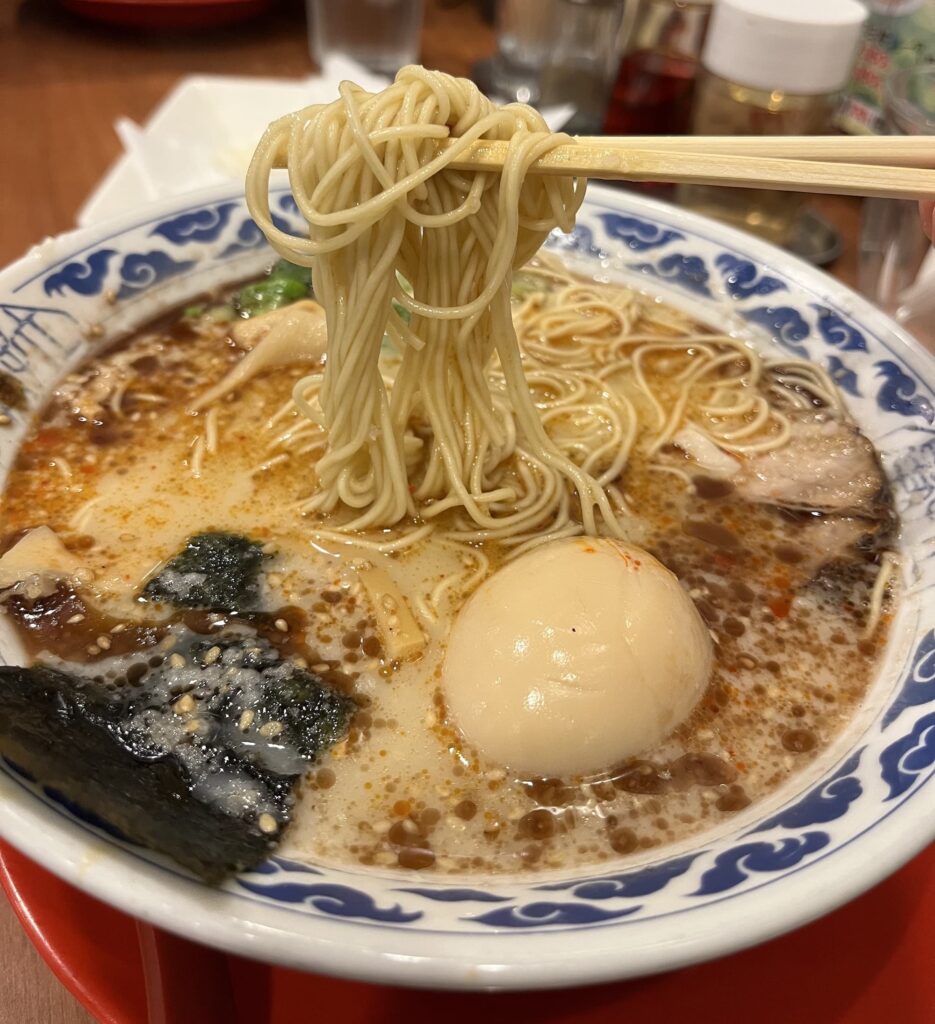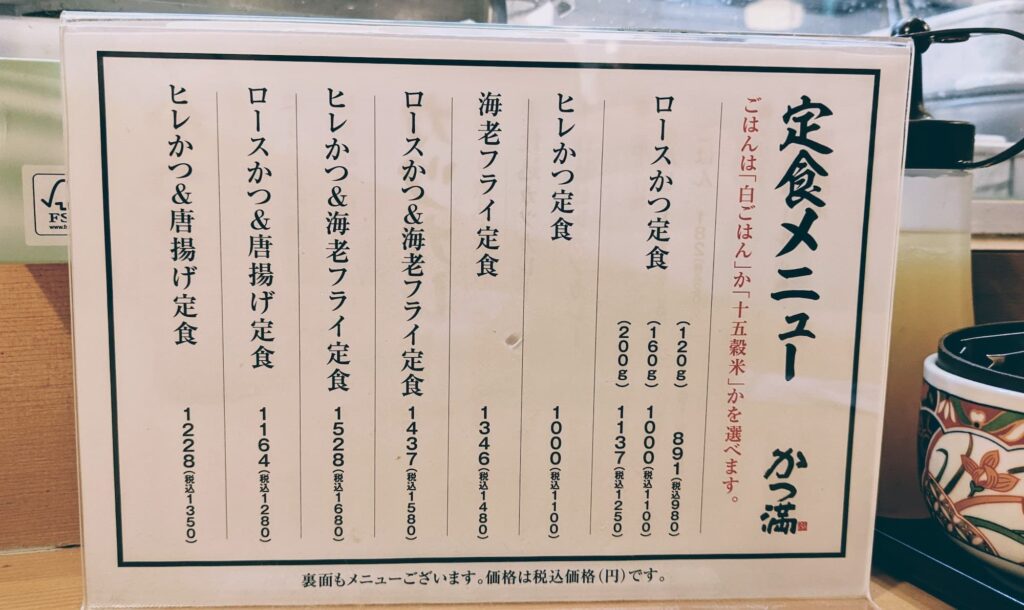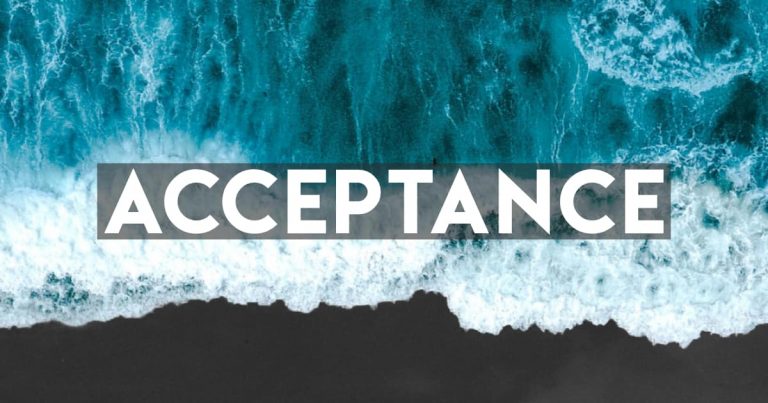Learning Just Enough Language to Order Food
Something I experimented with over the last few months (actually inspired by Jo) is to see if I could learn just enough of a language to order food and be a tourist, without going too deep, as an initial foray into learning a language.
We had a trip to Japan planned and I decided to put it into action. It was very hard to do actually, because I had to overcome a few mental obstacles — I had to book lessons at a point where I knew nothing, ask silly questions (this is always hard!), and practise really boring conversations like “Would you like a bag?” “No, thank you.”
But it was a success! So, I thought I’d share my method with you, and let you ask questions if you have any.

Contents
What is “Just Enough” of a Language to Order Food?
Anyone who’s been to Japan knows that not many people speak English there, even in big cities, even in touristy areas.
Another thing nearly everyone agrees on is that Japanese food is great! It’s diverse, delicious, and can be very affordable.
So, we wanted to make sure we had the best food possible, going a little bit past pointing. But would we need to?
Well, yes, we did have to use Japanese. For our very first meal, we went to a very popular ramen spot in Osaka (with over 1000 reviews on Google) that had no English menu and no pictures. We just had to order in Japanese.
Because of my preparation, I was able to do it, we got two bowls of deliciousness, and it all went shockingly smoothly. Jo was impressed (she said “I felt like my mouth was on the floor”), but my own review of the situation was “Whew! Barely made it”.
The whole conversation was something like
- “Hi, table for two please.”
- “This way, please.”
- “Do you have an English menu?”
- “No, sorry.”
- “Oh ok… What’s popular here?”
- “This and this are popular.”
- “OK, please give me one of these, and one of these. And an egg and an egg.” (I didn’t know how to say “an egg in each”)
- “OK, understood.”
- (Then paying the bill later, etc.)
This is not a deep conversation. It’s highly functional. But it got us to where we wanted, and without knowing just enough Japanese to order food it would have been a lot harder.
So how did I get here? Through a very focused effort.
The method: Simplify!
Before going to Japan, I barely knew anything functionally useful. I had learned some phrases in the past, but nothing useful for travel.
I also knew a bunch of random Japanese words from having visited restaurants. I think everyone knows the words “sushi” and “sashimi”. On top of that I knew various other words like tamago (egg), ebi (shrimp), unagi (eel), and so on.
Anyone who likes Japanese food would have come across many Japanese words for food items. This definitely gives you a head start! You may know tamago, but think how many languages there are in which you don’t know how to say “egg”.
I chose to learn three things to learn just language enough to order food.
- How to understand all the basic greetings and pleasantries that go along with ordering food. This includes the various ways of saying “no, thank you”, for example (Why are there three, even at this basic level? More studies needed!)
- Restaurant phrases — asking for recommendations, making orders, getting the bill. I also learned maybe a couple of dozen basic foods (meats and vegetables).
- Numbers / payment formalities, e.g., “Check, please”, and “Can I pay by card” (not a given in Japan). And finally wrapping up by telling them it was delicious.
To learn this, I was tempted to try to teach myself. But I thought — let’s just kick-start this. So, I found a teacher on italki, told them I just wanted a few lessons on how to order food and do simple transactions (as a courtesy, so they would know that it would be very superficial instruction, and I may not become a long-term student), and got started.
The teacher was great. I didn’t go cheap — they cost $20 an hour. But they came super prepared with a website with very relevant conversations. And after the lessons they sent me notes! I did a total of two hours of lessons — three lesson total.
The teacher asked me at the beginning whether I knew any hiragana or katakana. I didn’t. This was a hindrance for the trip, but also it wasn’t the best use of time at the outset.
Side note — there are three scripts in Japanese. There’s hiragana, a script used for Japanese words (most of the language), katakana, a script used for foreign words (e.g. “coffee” or “America”), and kanji, which is thousands of characters, which can have different pronunciations. Menus are usually a combination of hiragana and kanji, with at least some katakana on nearly all of them (“beer” is a loan word, after all).

The most interesting part was that during the lessons I didn’t just learn the things I thought I needed to order food. I also learned phrases that are part of Japanese culture.
For example, there are set phrases you say before and after eating. I had heard of how to say bon appetit in Japanese before (itadakimasu), but I didn’t know the set phrase for “Thank you for the meal”, or to whom to say it.
The teacher also helped me understand how to read a sign that said “no photos”. I was surprised to learn that these signs are sometimes in restaurants. Focus on the food!
I added all the phrases and words into an Anki flashcard deck (something like 200 Anki notes in the end, including ones I found myself like for food names), along with audio, and learned them prior to going. It worked a treat, and whet my appetite for more study of Japanese, which I’m doing now, the “proper” way.
Contrast and criticisms
I wanted to mention this approach specifically because if you ask a Japanese student how to learn Japanese, they may give you standard well-known answers, like:
- You must learn the writing system (hiragana / katakana, plus essential kanji)
- You should learn a foundation of grammar from xyz book
- Try immersing yourself in television shows / manga
And so on.
Yes, those are good approaches for a student who already knows they want to commit themselves to years of study of a language. Studying Japanese is no easy feat.
But it all seemed like drastic overkill for someone like me who just wanted to say “Two Ramens, please”, without feeling like a total gaijin.
Of course, this isn’t to criticise those students, either. Knowing how to teach a language is the kind of thing people get master’s degrees in.
For many languages, learning just enough to order food is plenty. You can’t master every language for every place you visit. But knowing pleasantries is so much more than most visitors.
And you can also think of it like “test driving”. Do you “get” the language? Do you enjoy learning it? Do you want to keep learning?
Hopefully, if you have a good experience (like I did), you’ll go further. And if not — well, there are many others you can test in the same way.
Good luck and itadakimasu!






